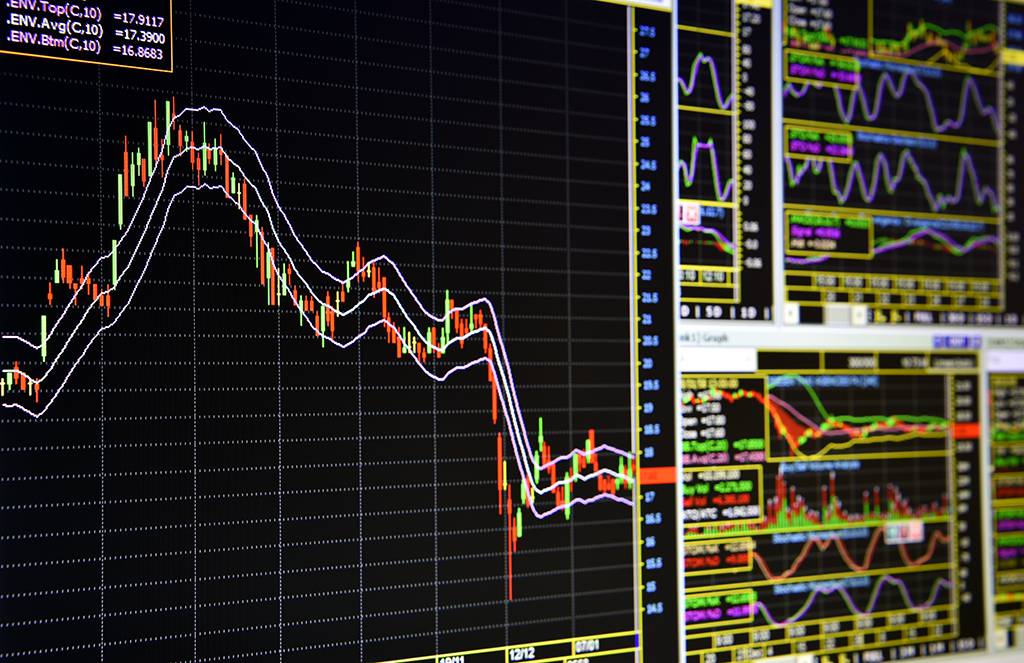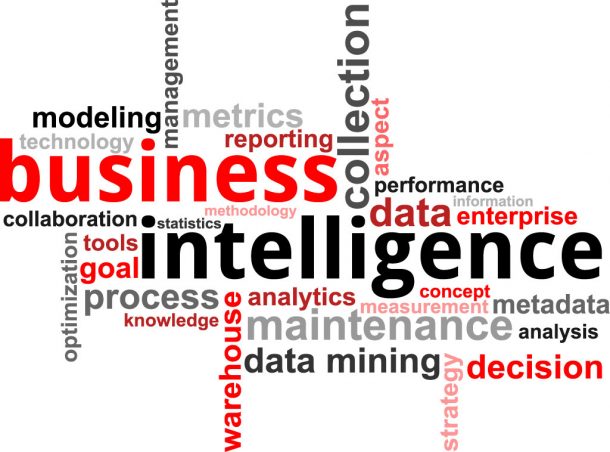Living Forecastingtm is a powerful new paradigm which is significantly different from Conventional Forecasting. The differences are best understood by asking specific questions to see the difference.
How are forecasts related to company vision, values, priorities, and mission?
Conventional Forecasting
Company vision, priorities, values, and mission are generally not integrated into Conventional Forecasting.
Living ForecastingTM
Living ForecastingTM is outcome oriented, which always starts with and aligns with company vision, values, priorities, and mission. Management creates and communicates a clear vision of company’s mission which is forecast and measured by a defined and agreed upon outcome.
What forecasting periods are used?
Conventional Forecasting
Fixed. Monthly, Quarterly, Yearly for the fiscal or calendar year of the company.
Living ForecastingTM
Nimble and Dynamic. Next month, next 3 months, and next 12 months regardless of year. Which then rolls forward every month. Generally, 24 to 60 months rolling into the future. Companies with weekly seasonal swings are forecasted weekly on a rolling basis. And SEC reporting companies wanting to meet Wall Street expectations may have a combination of external reporting Monthly, Quarterly, Yearly for each year, and internal monthly for the first two months of a year’s quarter SEC report then weekly in the last month of the quarter.
What is the timing of management response to change required events?
Conventional Forecasting
Results are known after they happen, and so management responses are reactive.
Living ForecastingTM
Results are known before they happen, and so management can influence the future before it happens. Management can make all fatal mistakes on paper and not with the business.
How often are forecasts changed?
Conventional Forecasting
Often once a year or quarter. Based only on what was known at the start of the period. And a lot can change in a year.
Living ForecastingTM
Every month or week depending on the company. And it is possible to change the forecast as soon as an event is known. Example: Sales got a big order not in the forecast, or competitor got big order in the forecast that sales lost. It is entered on the day it is known. And can be tied to the pipeline milestones in CRM.
How are past results and perceived future forecasts viewed?
Conventional Forecasting
The past is used to predict the future. Which works for stable slow to change companies, but does not work for startups or highly competitive or volatile companies, or for completely new industries where the industry did not exist a short time ago.
Living ForecastingTM
Our now best known view of the future is forecasted. Every period there has a review of what changed from last period, and that new knowledge is incorporated into the forecast. Great change is possible and highly competitive or volatile companies are predictable. Percent of past results for fast moving competitive companies has very little to do with the future and is not used. “Because great success looks nothing like the past.tm”
How detailed are the forecasts?
Conventional Forecasting
Summary or high level. Often without calculations or with calculations done as percent of the past on an Excel spreadsheet with no integrity checks, and then hand entered as static numbers into the accounting forecast.
Living ForecastingTM
Very detailed in an OLAP database connected to accounting and CRM data. Every line on the chart of accounts has five or more ways to calculate any number, and every one of those ways to calculate the future of any number is a machine learning financial robot algorithm. That are only reviewed whenever actuals come in outside of specified standards.
Who does the forecasting?
Conventional Forecasting
CFO, VP’s, Department Managers who may or may not know how subordinates will actually obligate the company.
Living ForecastingTM
All persons with authority to purchase or contractually obligate anything for the company.
Doesn’t all this detail and all the people involved cause more work?
Conventional Forecasting
In conventional budgeting and forecasting. Yes.
Living ForecastingTM
No. OLAP databases, systems and machine learning financial robot algorithms do the heavy lifting and greatly reduce the time to process more information.
How are the Chart of Accounts used?
Conventional Forecasting
Department managers are given a list of chart of accounts and told to do their forecast which they generally do in Excel with no integrity checks on the spreadsheet by accounting.
Living ForecastingTM
Custom interfaces are made for each departmental area, designed for how that area functions, and the chart of accounts is handled by the Living Forecastingtm system. Managers don’t think in chart of accounts like accounting. They think about how their area functions, so their interface is by function. Calculations and integrity are controlled server side.
How are numbers arrived at?
Conventional Forecasting
Looking at the past or a percent of past results
Living ForecastingTM
By looking at the future of each line item by the actual business drivers for that detailed line item, and determining what changed that was not known last period. Review of any forecast not falling into standards for that chart of account line. Example + or – 1% for freight would trigger a freight review.
Can’t a forecaster just give themselves a bigger budget without management approval?
Conventional Forecasting
No. There is a manual review and approval process.
Living ForecastingTM
No. Any change requires an explanation and communication for online management approval before the forecast is final. Any change in the algorithms by the budget manager requires an explanation, communication and approval by management.
Top down or bottom up method?
Conventional Forecasting
Top down. Generally, as a decree or a coercion like increase sales 25% or lose your job. Often employees don’t feel engaged with the forecasts or feel forecasts are unreasonable.
Living ForecastingTM
Bottom up. So management will know exactly what will happen, not what they want to happen that people may or may not deliver, and will know what needs to change in terms of policy or procedure to change the outcome if they don’t like the outcome predicted by forecasters. People responsible for spending money commit to, own and are responsible for their plan. And they have the opportunity to defend their plan by communicating what they think will happen if their numbers are changed. Management is by engagement and negotiated agreement not by decree.
How are people motivated to be accurate and responsible for their forecasts?
Conventional Forecasting
They are motivated by fear.
Living ForecastingTM
By being engaged and respected for their specialized knowledge of their area. Where they get to express their passion and creativity to best support the companies’ vision and mission.
How timely is management data?
Conventional Forecasting
Financial results are often days or weeks behind with no visibility of problems till the problem has been there for some time.
Living ForecastingTM
Live executive dashboards give managers feedback in real time. With customizable metrics showing any movement off course with management actionable variances are identified in real time with traffic lights, gauges, and alarms. So management are able to make changes quickly to get back on course.
How are forecast vs actuals used?
Conventional Forecasting
To reward or penalize the forecaster.
Living ForecastingTM
To learn how to predict the future better and better over time to grow the company as fast as possible.
What happens when people don’t hit their forecasts?
Conventional Forecasting
They are fired, not promoted, or penalized in some way.
Living ForecastingTM
They are supported and mentored to do better in the next roll.
How much time does it take for each time a forecast is done?
Conventional Forecasting
A day to a week for each forecaster.
Living ForecastingTM
30 minutes to a few hours for each forecaster.
What happens when large unforeseen successes or failures occur?
Conventional Forecasting
The forecast becomes less useful or even dangerous if expenses are not dynamic with revenue. Which they often are not.
Living ForecastingTM
Any discovered system inaccuracies, or unforeseen business climate changes, are easily adjusted for and integrated into all future months, adapting very quickly to big increases or decreases in revenue from business climate changes and other unforeseen events, allowing the company to respond quicker to changing business conditions than the competition can.
What software is used?
Conventional Forecasting
Excel and accounting software.
Living ForecastingTM
Excel (with server side security, formulas, and add checks), accounting software, CRM (customer relationship management) software, and any best of breed software used in the company. All linked together by OLAP databases. Living Forecastingtm can work with and integrates with any accounting system from QuickBooks to Oracle.
For more information, contact:
David Meyer
Senior Financial Outcome Analyst
Business Intelligence Solutions, Inc.
Illuminating the auspicious path ahead for mission-based business leaders
Email: DavidMeyer@BISability.com
Cell Phone: 1-208-901-2305
Work Phone: 1-208-956-1650
Fax: 1-914-931-9365





